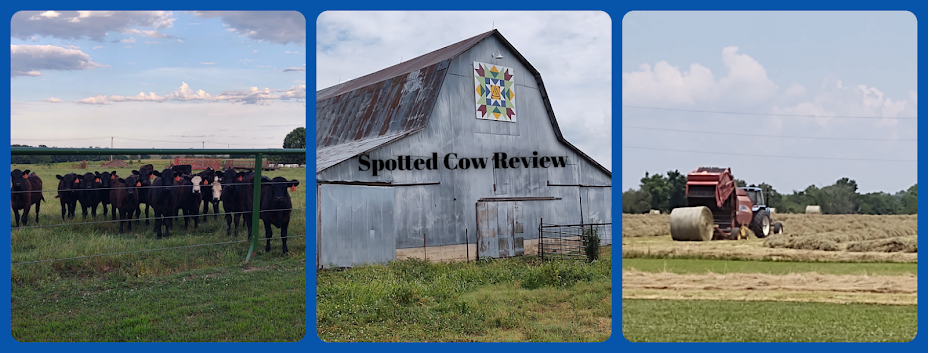Down on the dairy farm, Earth Day is Everyday.
We don't just say that, we live it...EVERYDAY!
It starts with cow care.
The carbon footprint of milk has been reduced by 63 percent due to improvements in animal breeding, animal health programs, cow comfort measures and overall farm management practices.
Everyday we feed our cows a nutritious, balanced diet.
Everyday we follow regulations and best management practices to protect
the environment for our cows, our family and our community.
Everyday we recycle the cows' manure to fertilize crops that we
raise to feed the cows.
for our cows and the land we call home.
Earth Day really is Everyday down on the dairy farm!
Happy Earth Day!





















.jpg)





.jpg)





.jpg)









.jpg)
.jpg)
.jpg)


